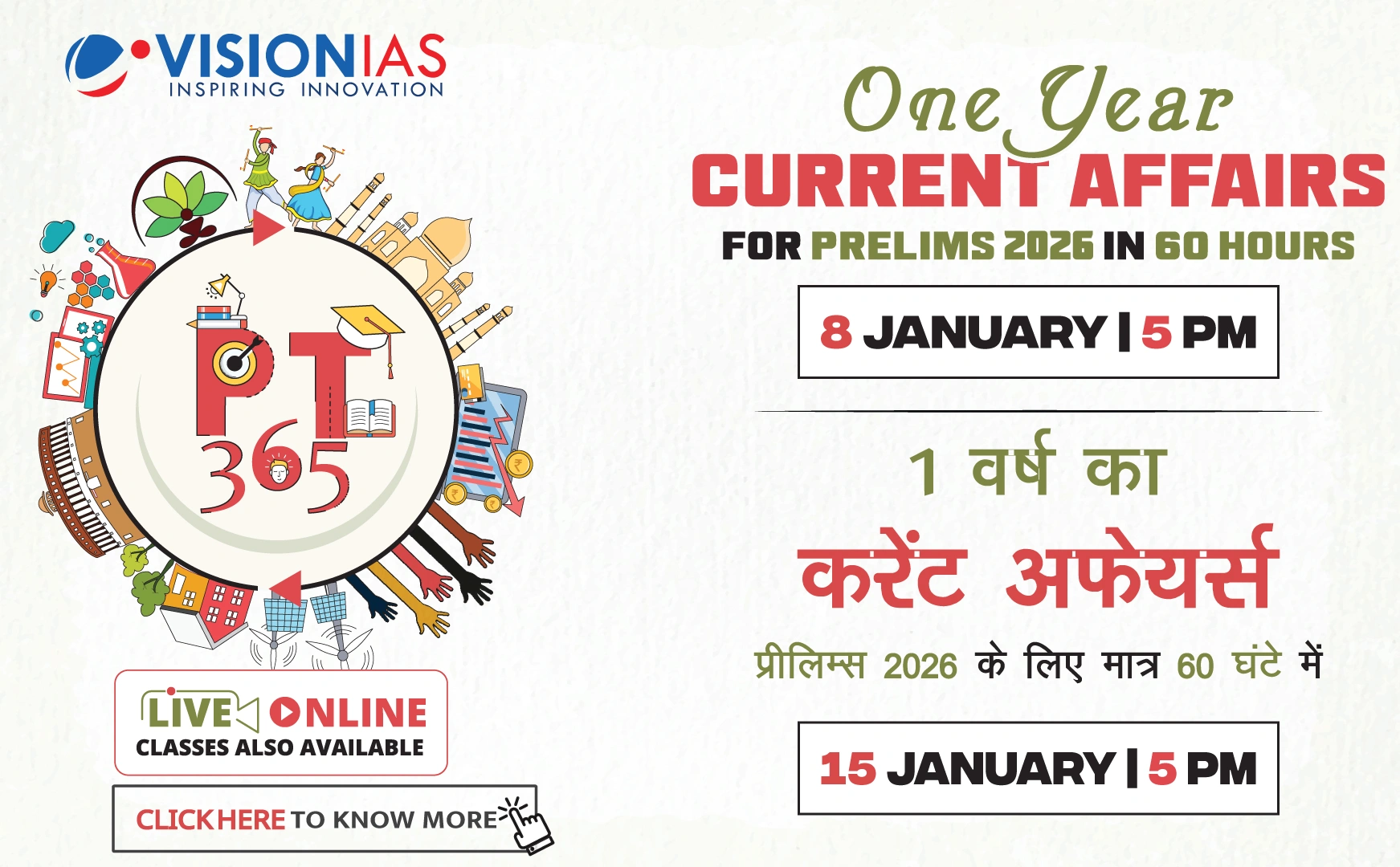Overview of the 'Creamy Layer' in OBC Reservations
The government is working on ensuring “equivalence” in the application of the “creamy layer” condition for Other Backward Classes (OBCs) across various sectors like central and state government jobs, public sector enterprises, and universities. This initiative aims to promote fairness and uniformity among candidates eligible for reservation and address anomalies resulting from past policies.
Background and Legal Context
- The landmark Indra Sawhney vs. Union of India (1992) case upheld the Mandal Commission's recommendations but excluded the affluent “creamy layer” from job quotas.
- The Department of Personnel and Training (DoPT) issued a circular on September 8, 1993, identifying the creamy layer, which excluded children of high-ranking officials and property owners, with an “income/wealth test” applied.
- The income ceiling has been revised over the years, standing at Rs 8 lakh since 2017, excluding income from salary and agriculture.
The 2004 Clarification and Its Impact
The 1993 criteria lacked comprehensiveness, leading to a 2004 DoPT clarification regarding creamy layer determination for OBCs in non-governmental jobs. This included:
- Considering parents' income from salaries and other sources separately, with a ceiling of Rs 2.5 lakh per annum for three years to classify as creamy layer.
- During 2004-14, this clarification wasn’t broadly implemented.
- Post-2014, DoPT began scrutinizing caste certificates against this clarification, rejecting those not complying.
- More than 100 candidates from Civil Services Examinations (2015-2023) were affected and deemed creamy layer under new criteria.
Efforts for Equivalence
Consultations among ministries are ongoing to resolve cases of affected candidates and establish equivalence:
- University teachers' children are proposed as the creamy layer due to salary equivalence with government Group A posts.
- Central/state autonomous bodies and non-teaching university staff are to have equivalence established based on government pay scales.
- State PSU executive positions are treated as the creamy layer, except those earning below Rs 8 lakh.
- Government-aided institution employees are to be categorized based on equivalence of post and service conditions.
Potential Beneficiaries and Outcomes
If implemented, these proposals will benefit children of lower-level government employees with salaries above Rs 8 lakh, correcting disparities with similar ranks in government-aided institutions. However, changes for private sector employees remain limited due to the complexity of establishing equivalence across diverse roles.



